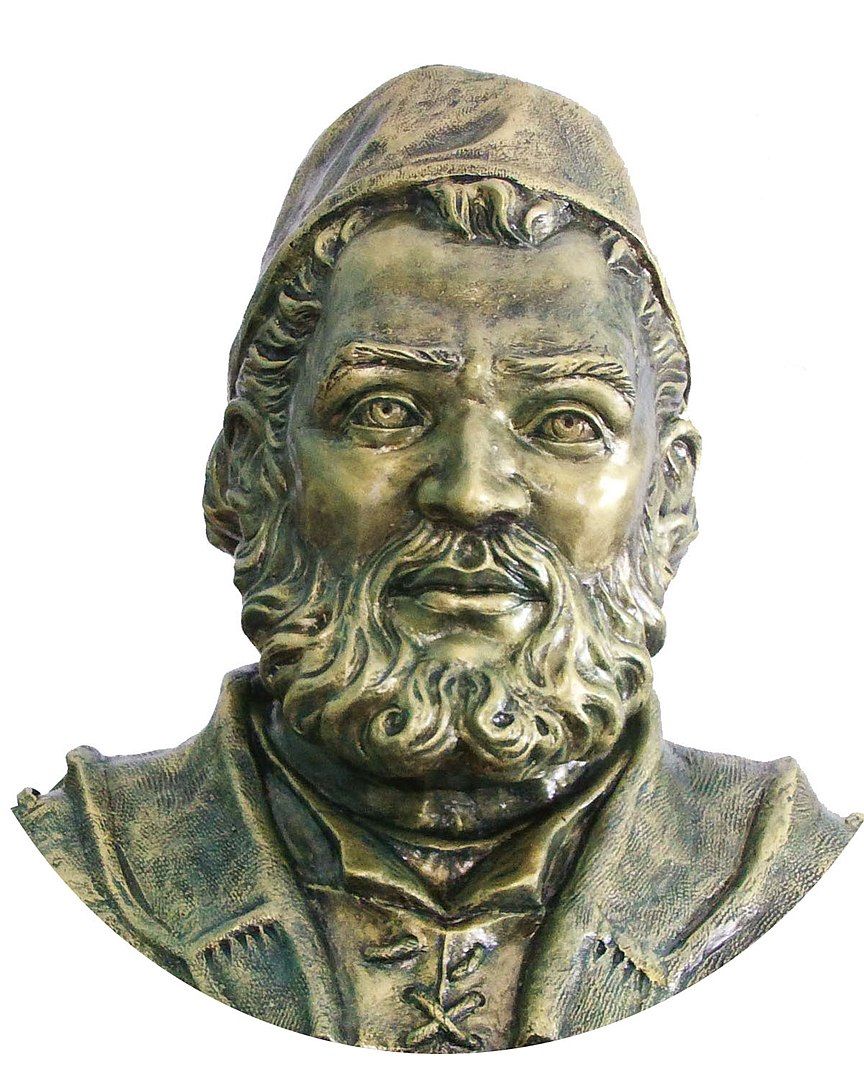
How the Modern Calendar was Created
Most people believe that Jesus was born in 1 A.D. They think that our calendar started on this date and has been keeping time for the past 2000 years. However, if you research how our modern calendar was created, you will discover a variety of competing views on this subject. Still, we do need to understand how our calendar came about in order to know if it does or does not give us the date of the birth of Jesus. What follows is a brief summary of the cogent points on how today’s calendar was created.
In the year 1545 A.D., it was determined that the Vernal Equinox had moved by 10 days from its original fixed date of March 21st as established by the Council of Nicaea in 325 A.D. The Vernal Equinox is when the sun is directly above the Equator thus that day and that night are the exact same length. This happens twice each year, once in the Spring and again in the Fall. The Council of Trent was convened by Charles V between the years 1545 A.D and 1547 A.D. This issue was on the agenda to be discussed and hopefully resolved. It was decided to turn the problem over to Pope Paul III who was given the authority to make the necessary corrections. Unfortunately, neither he nor his council could come up with a satisfying solution.
When Gregory XIII was elected Pope in 1572, he gave orders to the Jesuit astronomer Christopher Clavius (1537-1612) to find a solution with the help of astronomer and physician Luigi Lilo also known as Aloysius Lillus who died in 1576 A.D. Pope Gregory had two issues with the current calendar. First, a dating fluctuation affected the celebration of Easter. Second, he did not like the fact that the old Roman calendar was both very inaccurate and a calendar created by a pagan empire that crucified Christ.

Ancient calendars were all based on the cycles of the moon. This meant that a lunar year consisted of 360 days divided into twelve months with thirty days in each month. Because there are actually 365.25 days in a year, this calendar would become less accurate with each passing year. The Romans used the Julian Calendar that had somewhat solved this problem by establishing a 365 day year with the addition of a leap year in which an extra day could be added now and then to a month in order to keep the calendar on schedule. Unfortunately, leap year corrections were sometimes added so many times that the solstices or longest and shortest days of the year were not on the correct days. And the equinoxes were out of place by as much as ten days. The Pope was determined to resolve these inconsistencies once and for all.
Lillus knew that he had to create a calendar that would somehow compensate for the earth’s slightly irregular rotation around the sun. Therefore, any calendar created would always need to be occasionally adjusted but it should be done in a way that caused the least disruption to society. It took him ten years but he eventually solved the problem. He created a calendar system that would involve what he referred to as a leap day. The new calendar had the same twelve months and 365 days but now would employ a regulated leap day to compensate for the slight irregular rotation of the earth. To accomplish this, he added one extra day to one month in any year that was divisible by four. It was decided that the extra day would be added to the shortest month or February as it lost a day when Augustus Caesar demanded that a month be named after him or August and that it contain one extra day more than the other months. Then the leap day would be removed from February until the next year arrived that was divisible by four. Genius!
Aloysius presented this new modern calendar to the Pope with great pride. But was taken back when the Pope asked him what year they were currently in. Lilius knew that his question could only be answered by asking the Pope on what event in past history would he want to use to start keeping time? He explained that he could start this calendar from any time in the past and then, using his formula, count forward and discover what the current year was. The Pope’s answer was what you might expect coming from the Pope. He told him to start the new calendar system on the year Jesus was born.
Great idea but one problem, no one knew exactly when Jesus was actually born. Just the fact that he was born had been enough to satisfy all believers. In 336 A.D. the church had officially adopted December 25th as his birth date based on oral tradition but no one knew the exact year. To find the year, Aloysius began searching Vatican records looking for some past event with a firm date related to the birth of Jesus. He eventually found a document that was written by a monk named Dionysius Exiguus (470A.D.-544 A.D.) He was famous for his brilliance in mathematics and translating Greek into Latin. He wrote a brief note stating that his careful calculations had led him to understand that Jesus was born 553 years earlier. Dionysius also invented the terms B.C. meaning Before Christ and A.D. meaning Anno Domini, or In the Year of Our Lord. The problem was, Dionysius did not leave any of his research as to how he came to his conclusion concerning the 553 year date. But, since this was the only document Aloysius could find on the subject, this was the date he would start with. So, he made year 1 A.D. the year that Jesus was born. Then, using his new calendar formula and cross-referencing dates concerning the rule of Roman emperors, Exiguus’ 553 date and the reigns of Popes, he went forward in time and arrived at the conclusion that the year the world was currently living in was February of 1582 A.D. Pope Gregory then declared that all Christians throughout the world were to accept this date as the current year and move forward using what is called the Gregorian Calendar.
But the calendar’s original purpose had nothing to do with the birth year of Jesus. Instead, it was intended to have Easter occur in or near the month of April which paralleled the Jewish month of Nisan and the observance of Passover. This was the goal as the Gospels were clear that Jesus was crucified the day before Passover began or Friday and arose on the third day or Sunday. The idea that year 1 A.D. was the birth year of Jesus was a bonus even though the date was dubious. So, the church now declared that Jesus’ was born in the year 1 A.D., and continued to celebrate Jesus’ birth day as December 25th.
But what about the date to celebrate Easter? Jesus was crucified on Friday, April 3rd, 33 A.D. and arose three days later on Sunday April 5th. While April the 5th does not always fall on a Sunday, still the Pope wanted to always celebrate Easter on a Sunday. Since Jesus died just a few hours before Passover during a full moon, it was decided that Easter would always be celebrated on the first Sunday after the first full moon of the spring Vernal Equinox. There… that was easy!
So, if 1 A.D. is only a best guess at the birth date of Jesus and more a demarcation of the start of the first year of the use of the new modern calendar, how can we ever know the actual date of the birth of Jesus? If you turn to Biblical scholars, you will find this date is very hotly debated. A dozen major scholars have a dozen different dates all based on scant information given in scripture, assumptions and primarily basing their calculations on a false date of Herod’s death having occurred in 4 B.C. Today, through the use of powerful accurate astronomical software, we have a foolproof way to discover the accurate date of Jesus’ birth. But what is truly remarkable is that Aloysius, using his calculation methods that covered a 1,582 year period, was ultimately only off by two years. The Pope had chosen the right man for the right job!
Related Paper:

If you enjoy the information provided on this site, please consider making a donation of any amount to help continue its production. Donate Now
